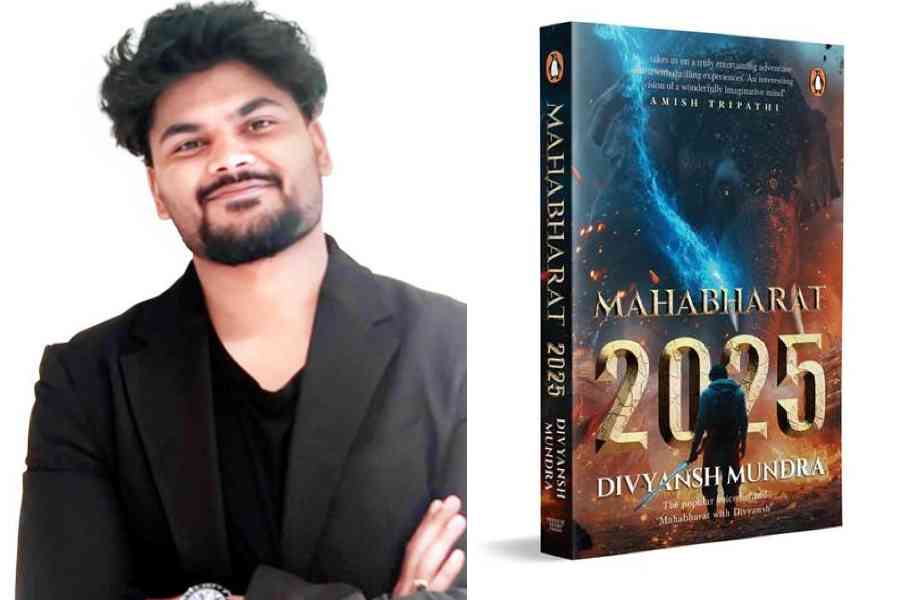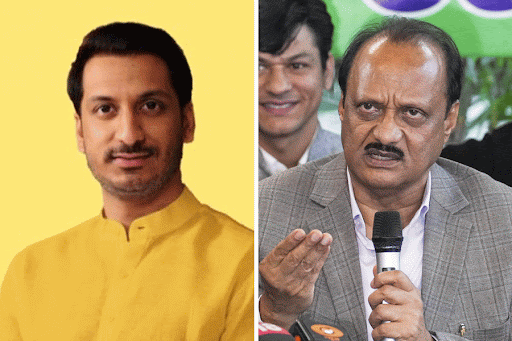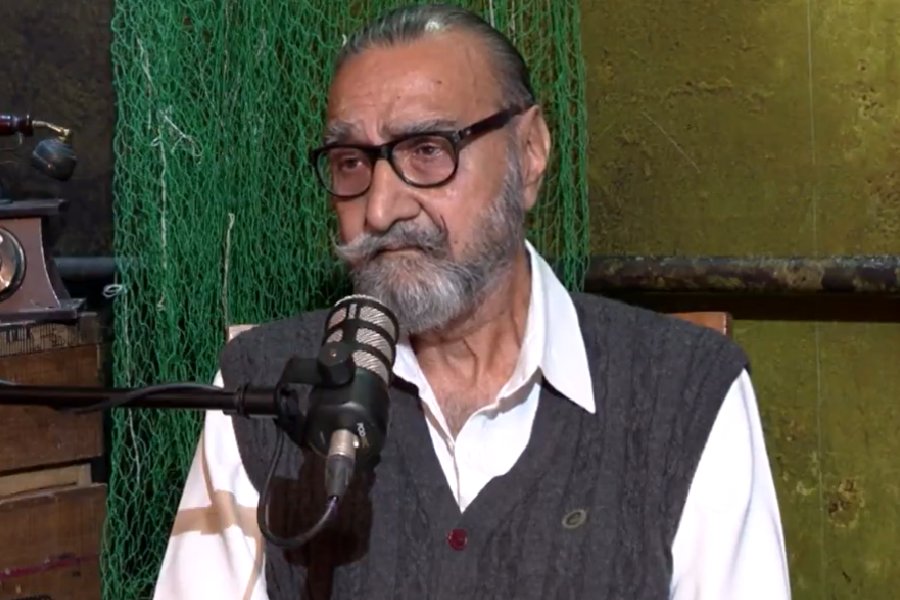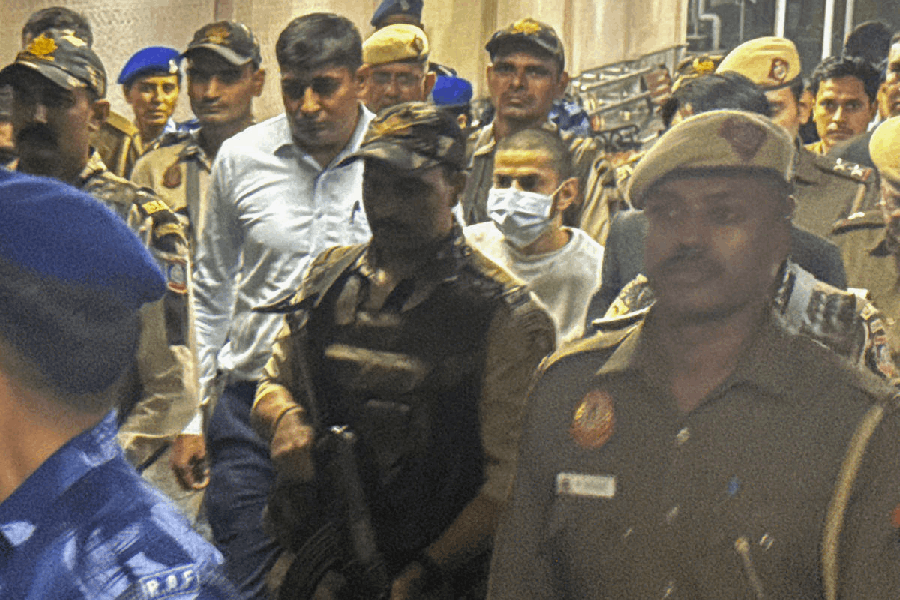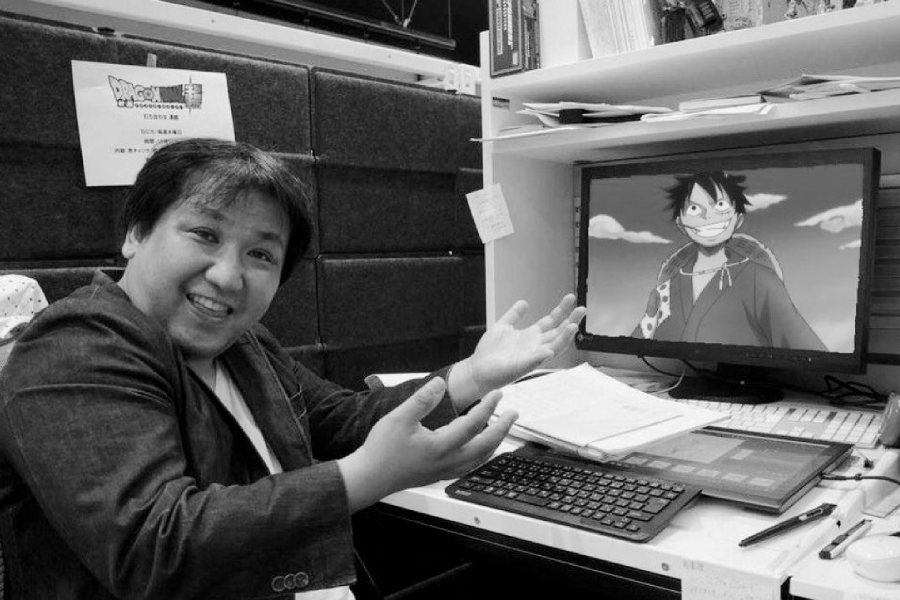Novelist, screenwriter, and content creator Divyansh Mundra has come up with a book that is so genre-bending, it leaves one baffled. We have retellings of the epics, popular and loved by many, and, on the opposite end of the spectrum, we have contemporary books rooted in the present day, warning ones of the perils of the Internet and social media. A book that is the marriage of these genres is Mundra’s Mahabharat 2025, where myth and magic meet the modern, in which a sharp-tongued social media star idolised by fans one day discovers he is the final heir to a forgotten war. Mundra has brought the scale of a full-screen blockbuster to the printed page with Mahabharat 2025, and almost unknowingly set a new bar for contemporary Indian fiction. A t2 chat.
What inspired you to reimagine the Mahabharat as a futuristic prophecy rather than a historical epic in your narrative?
I knew that the mythology fiction genre had been saturated with countless Mahabharat retellings. I wanted to do something completely different — a story that didn’t tamper with Vyasa’s epic or retell it from a character’s point of view, but expanded its world in a way never seen before.
The idea struck me with a simple one-liner: What if the Mahabharat war happened again in 2025, and it was the harbinger of the end of the world? That single question opened the floodgates. For me, it wasn’t about rewriting the Mahabharat so much as about continuing its legacy.
Were there specific elements of the original Mahabharat you particularly wanted to challenge or reinterpret?
From the beginning, I was clear that I wouldn’t alter the original Mahabharat. I wanted to leave it untouched. But I researched the concept of Anant Koti Brahmand, which the modern world knows as the multiverse theory. It says that there are infinite universes with infinite versions of ourselves and the events we witness. However, our actions determine our destiny in each.
So, I thought, what if I could bring the Mahabharat battle of a parallel universe in 2025, without disturbing the original text? This idea gave me the creative liberty to imagine warriors from the epic placed in today’s world, fully aware of their past lives and fates.
Like I said, it wasn’t about challenging the original but exploring how its essence could resurface in new, hauntingly familiar ways. And that made the story richer and more unique.
The idea of “ancestral curses” and “inherited war” feels very relevant today. Were you making a comment on generational trauma?
Not necessarily a comment, but it was essential for my protagonist to have a deeper backstory. His family traces their origin to a mysterious warrior from the Kurukshetra war, and these ancestral elements became central to his journey.They were crucial for the character, and just as important for the story’s emotional core.
The book features swords, diaries, riddles, visions, social media, and influencer culture. How do you think these elements speak to the clash between mythology and modernity?
In December 2023, I started an Instagram page called Mahabharat with Divyansh, where I narrated the epic in one-minute Reels — fun, fast, and modern. It gained 100,000 followers in just 11 days.
Today, it’s the biggest Mahabharat page on the Internet, and yet you won’t find clashes in the comments; only dialogue, banter, and thousands of people wishing for a good Mahabharat big screen adaptation. The modern world is just as hungry — if not more — for our stories. The modern world wants to engage with our stories, but in a format that speaks their language.
I believe that for Indian tales to travel the world, they must blend stories and modernity respectfully and sincerely to create something which would make us love our epics more and more. Mahabharat 2025 is my attempt to do just that.
What kind of research did you do into mythology, psychology, or modern technology while writing this book?
My life has been shaped by two things: Stories and the Internet. Narrating the Mahabharat online every day means any mistake gets called out by thousands, so I had to be factual from the beginning. I read six different versions of the Mahabharat written from six different perspectives to get it right, and I applied that same rigor to Mahabharat 2025. So you can say I lived through many versions of the Mahabharat even before I started writing this book.
On the other side, I dove deep into concepts like Anant Koti Brahmand, cosmic time travel, four-dimensional beings, and ancient war tactics, Instagram trends, weather patterns, and historical planetary alignments.
Mahabharat 2025 is where algorithms meet ancient prophecies — and yes, it required exorbitant research into just about everything under the sun!

